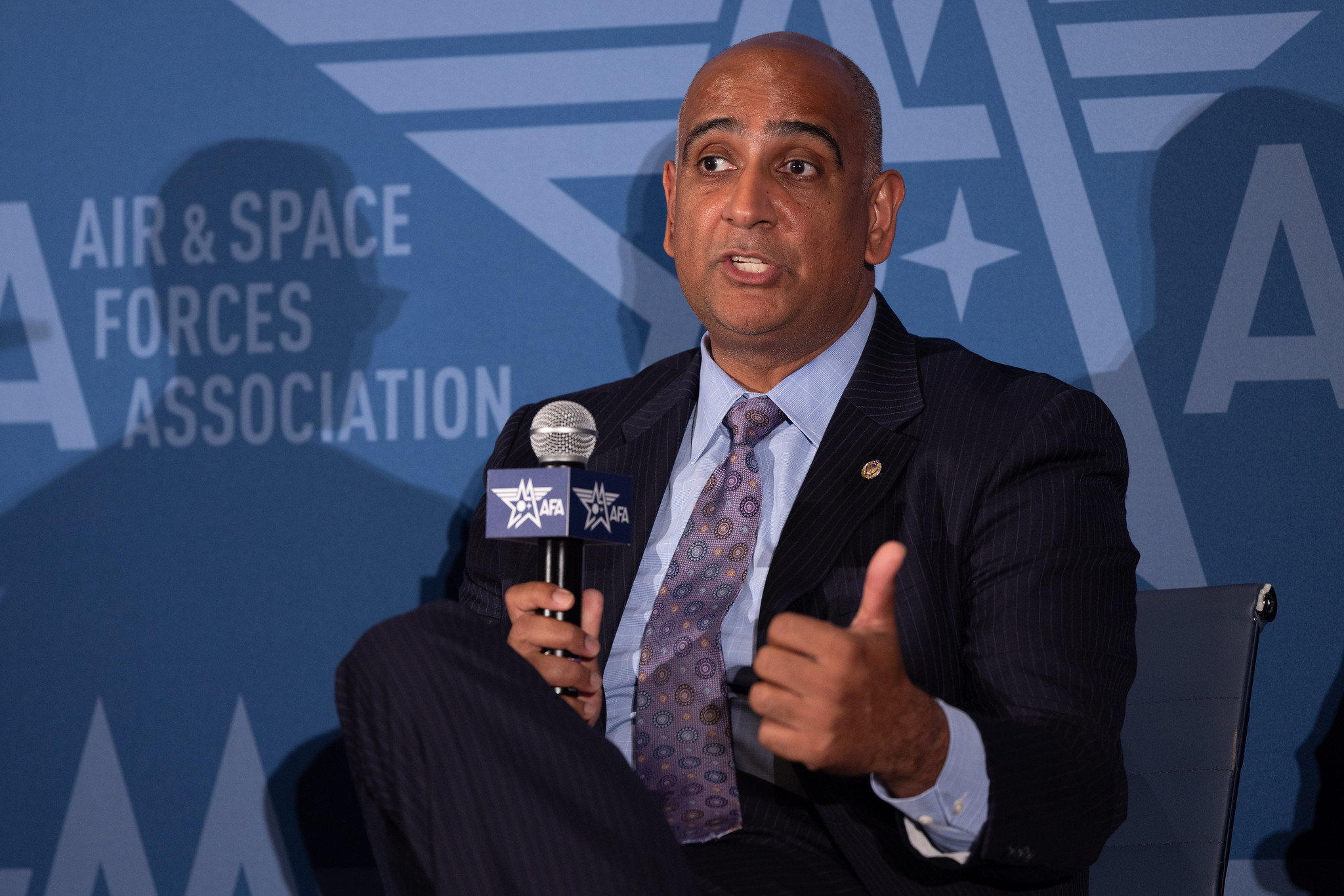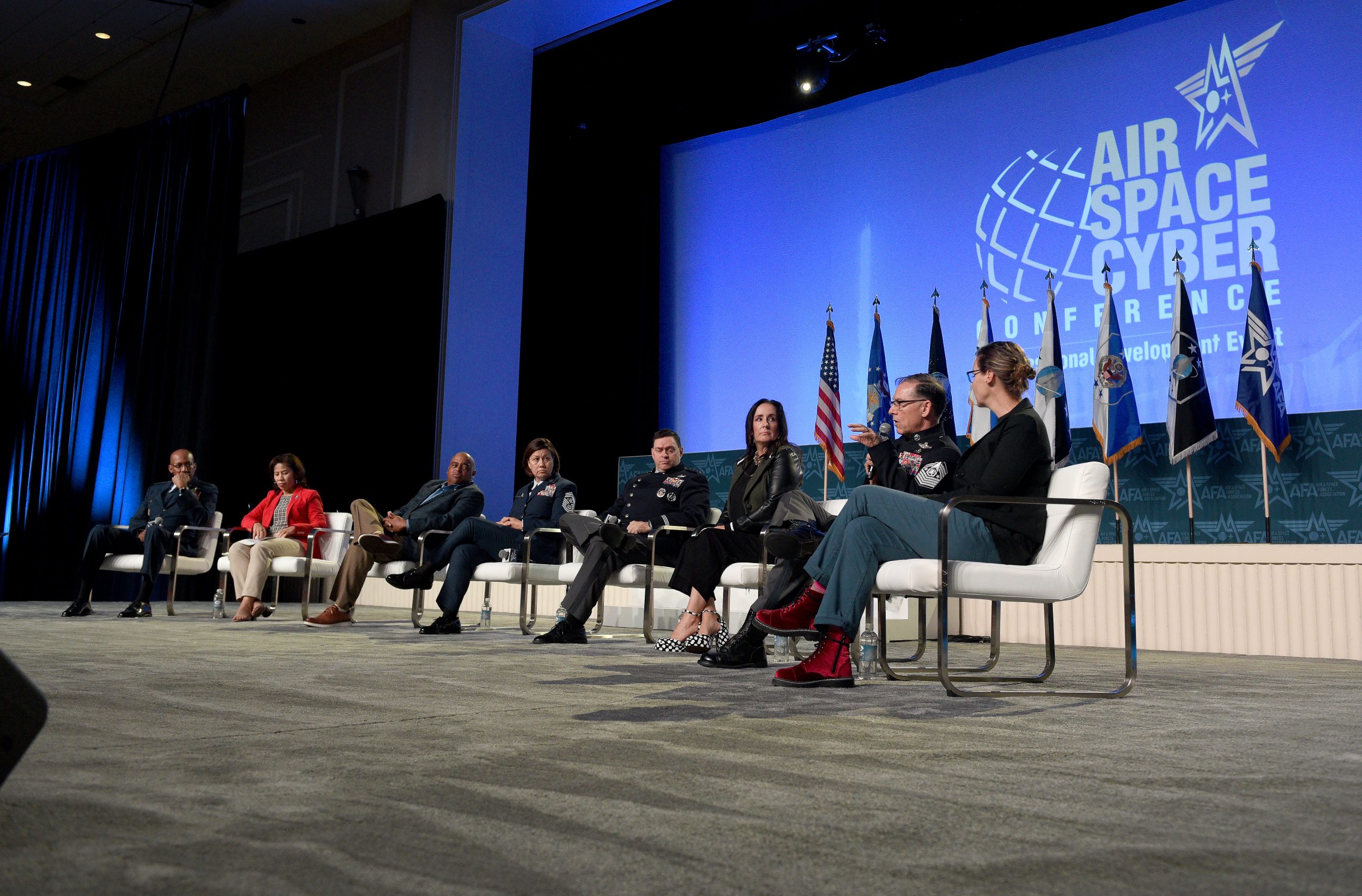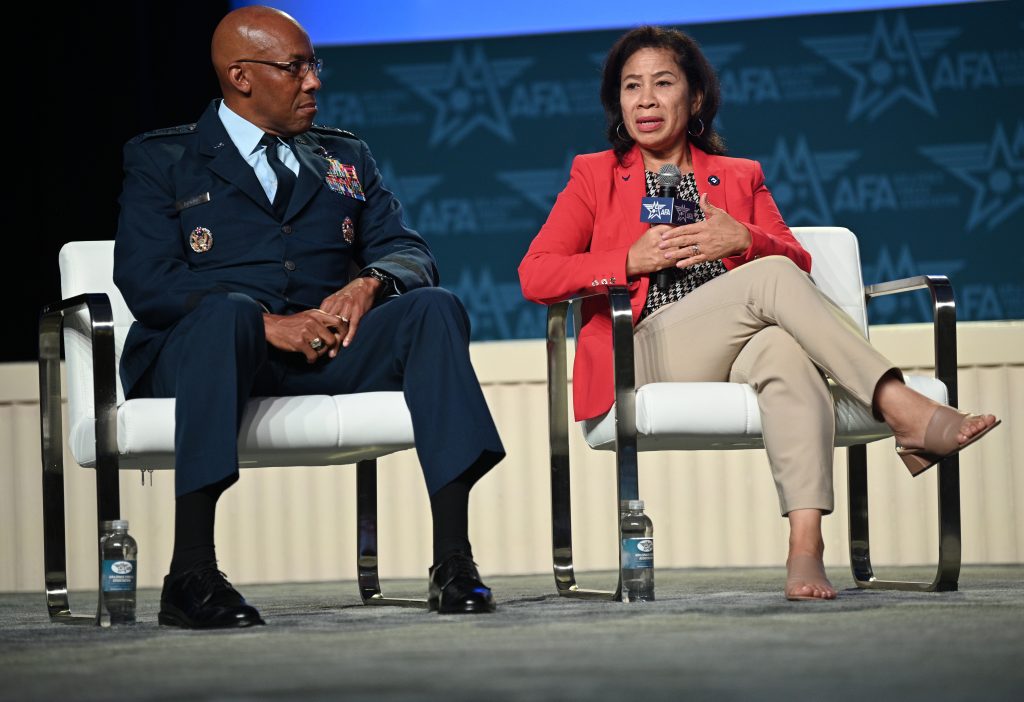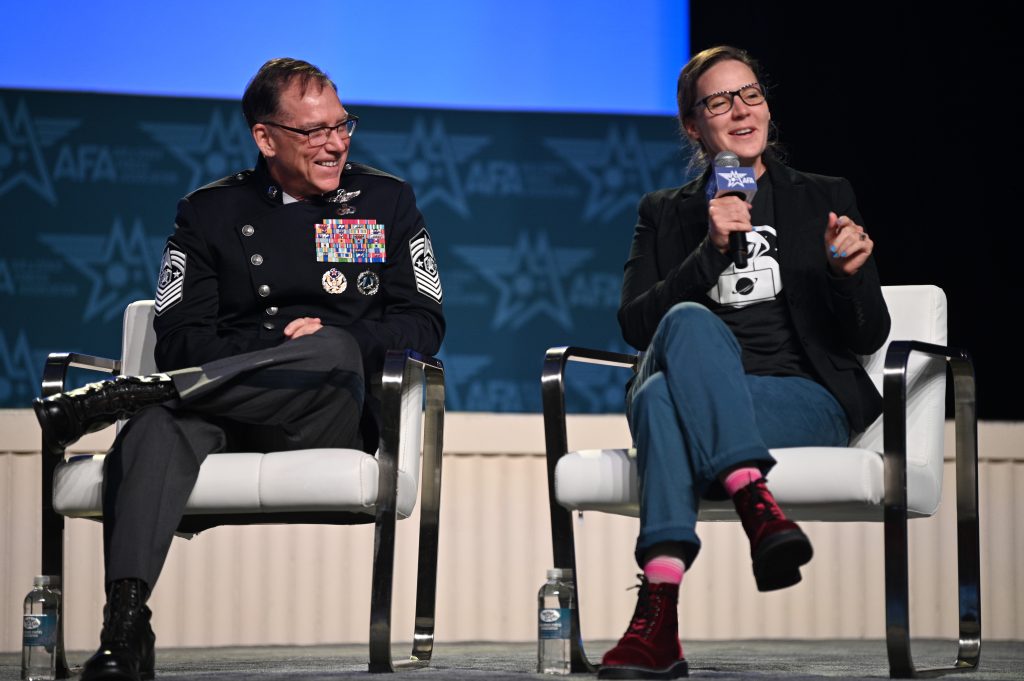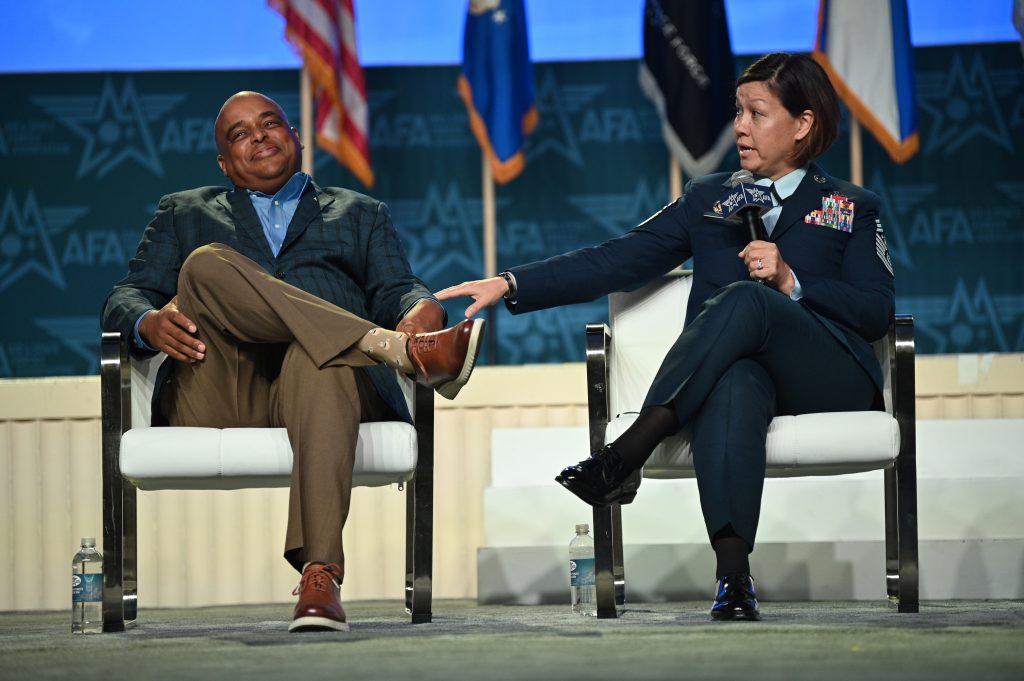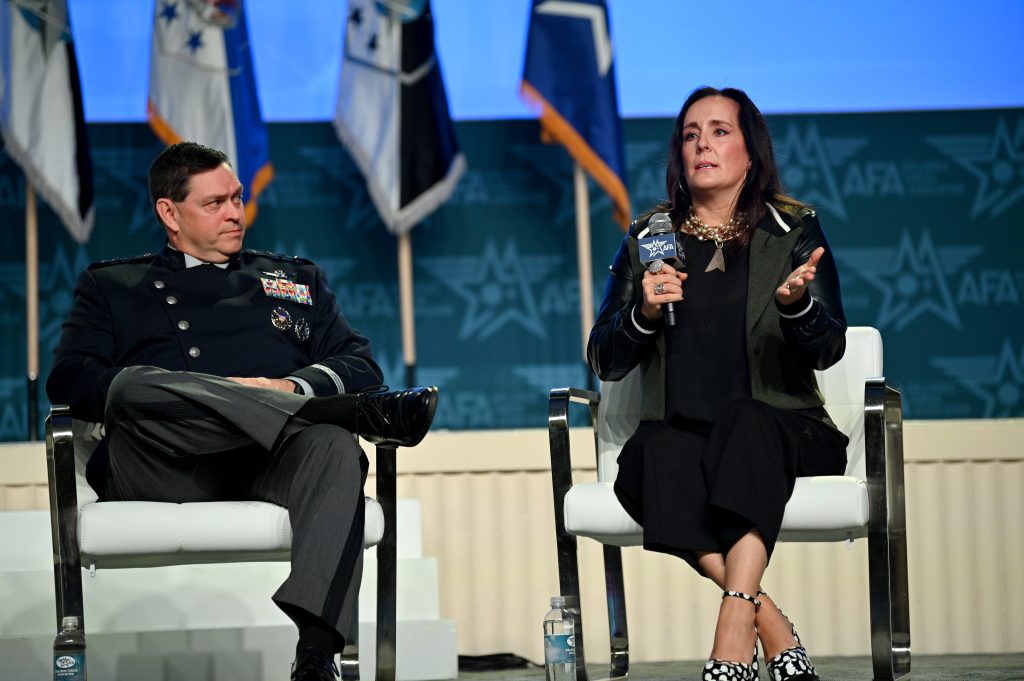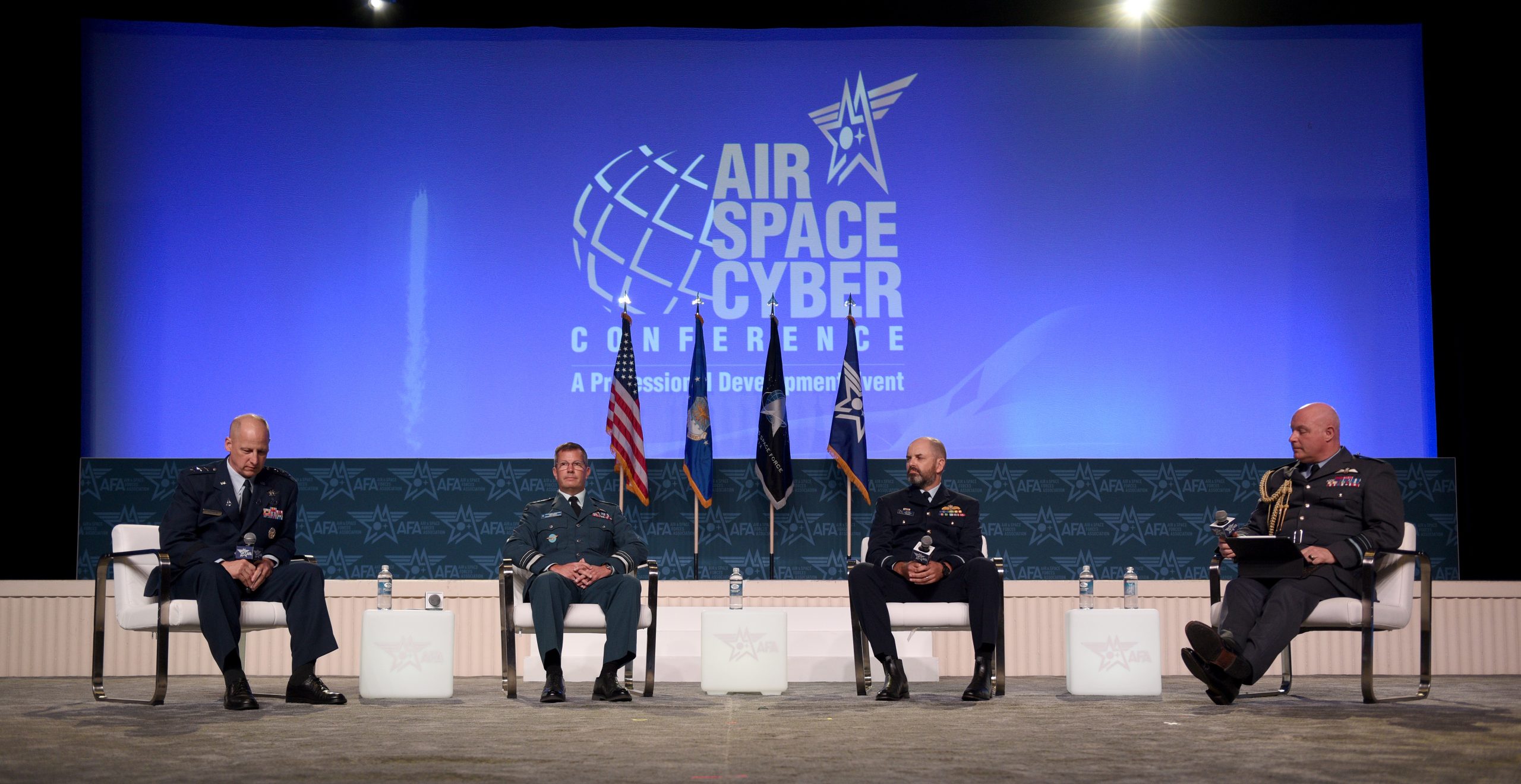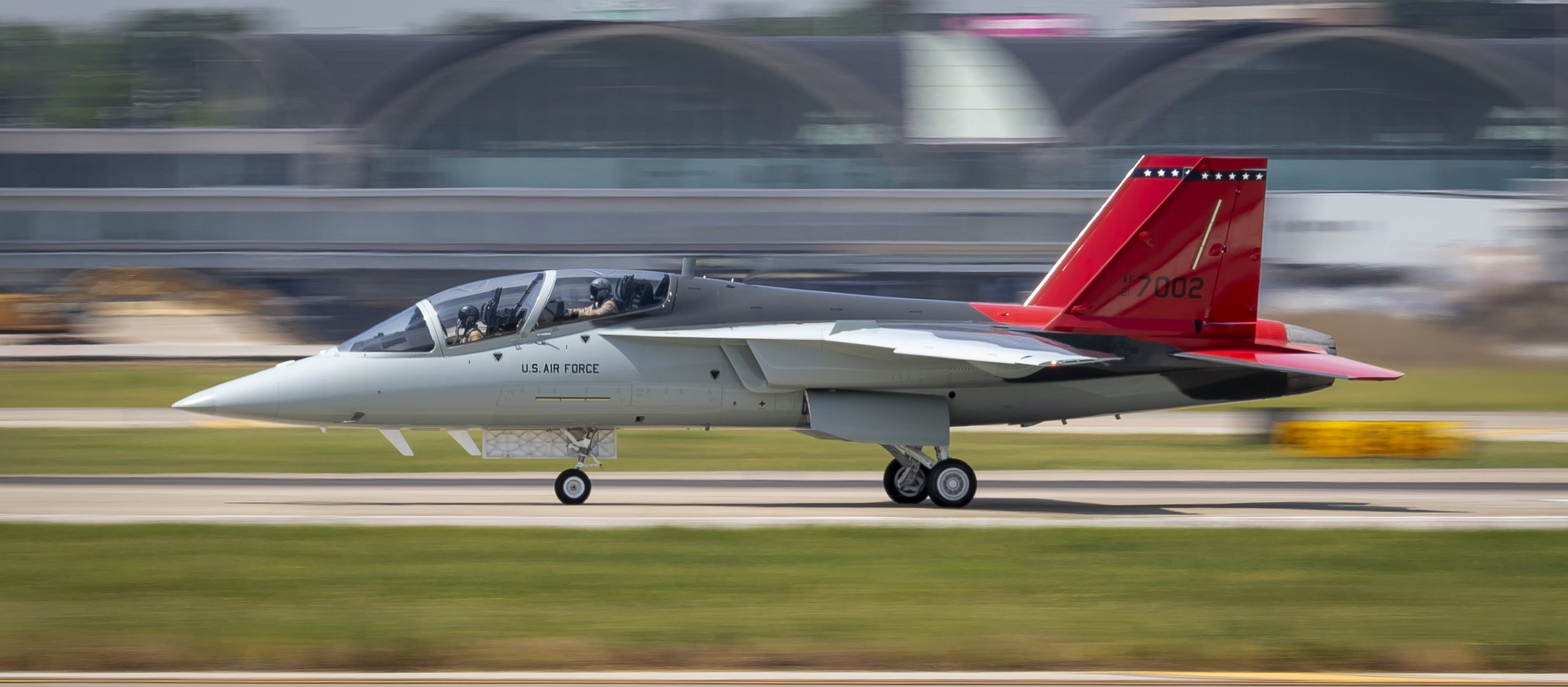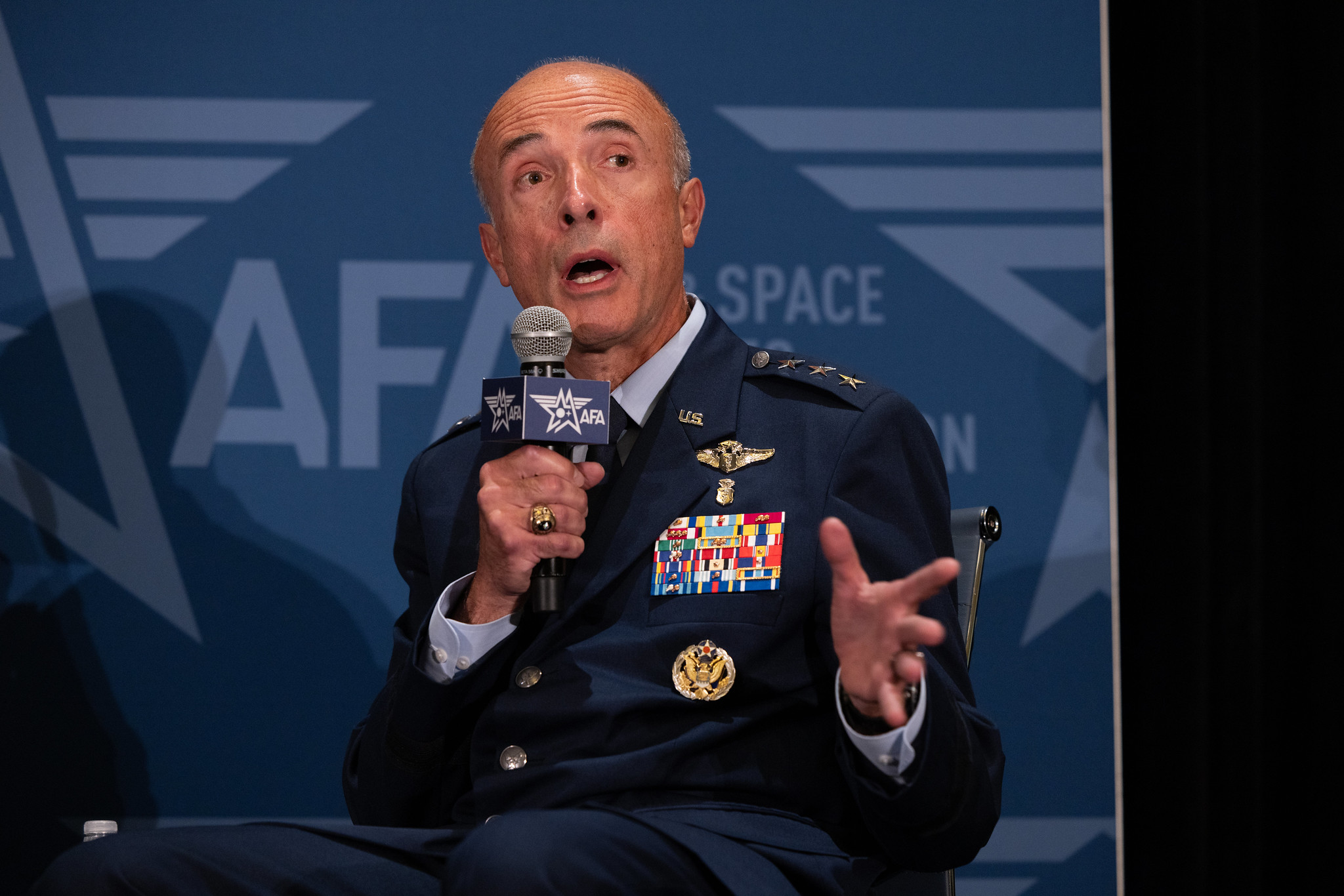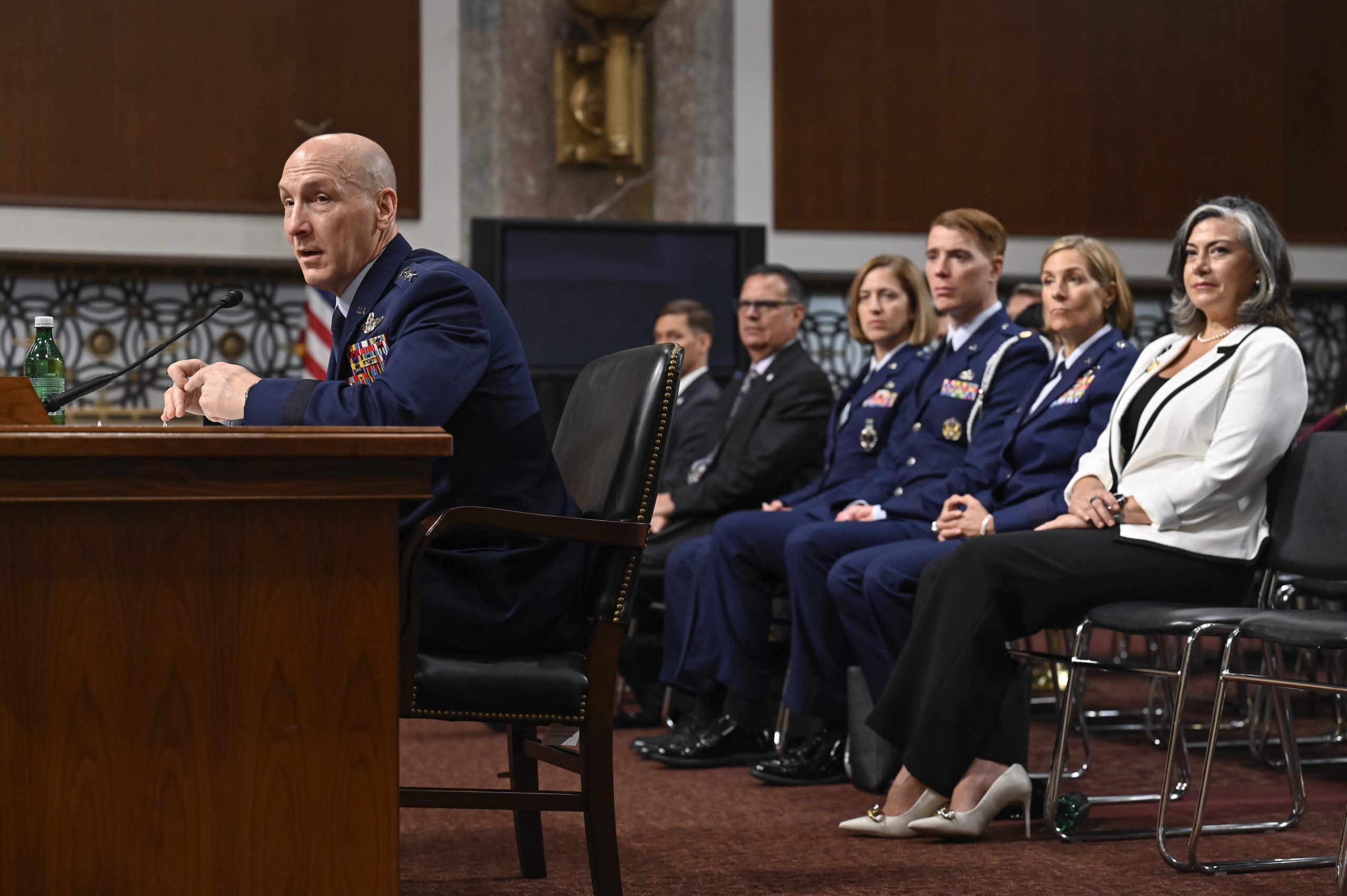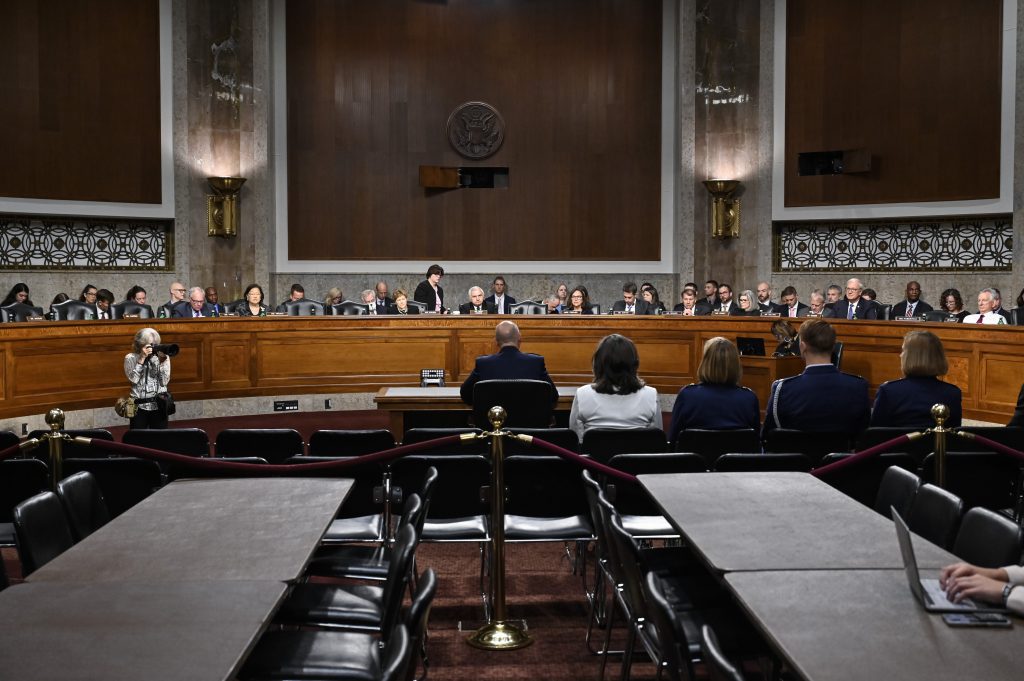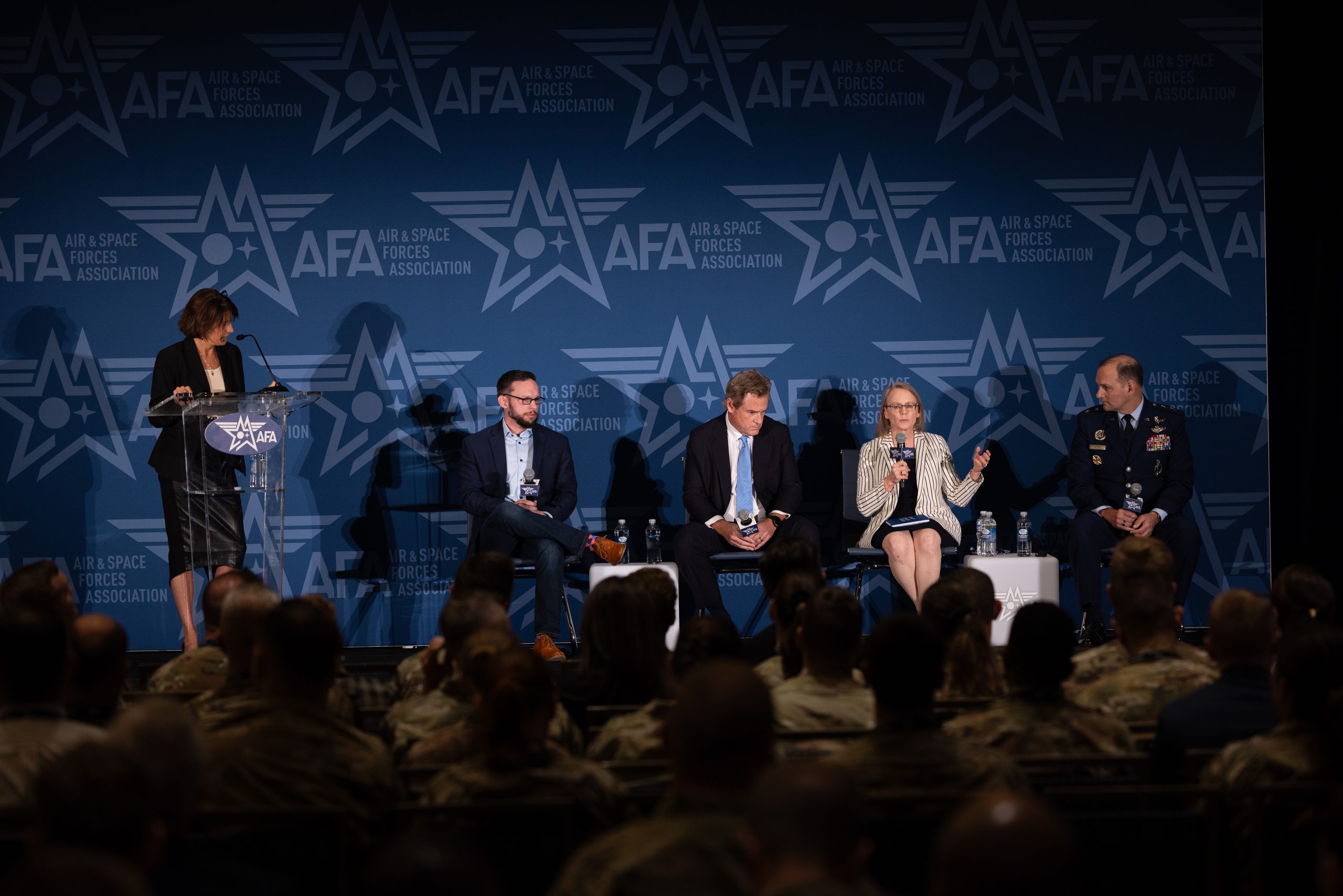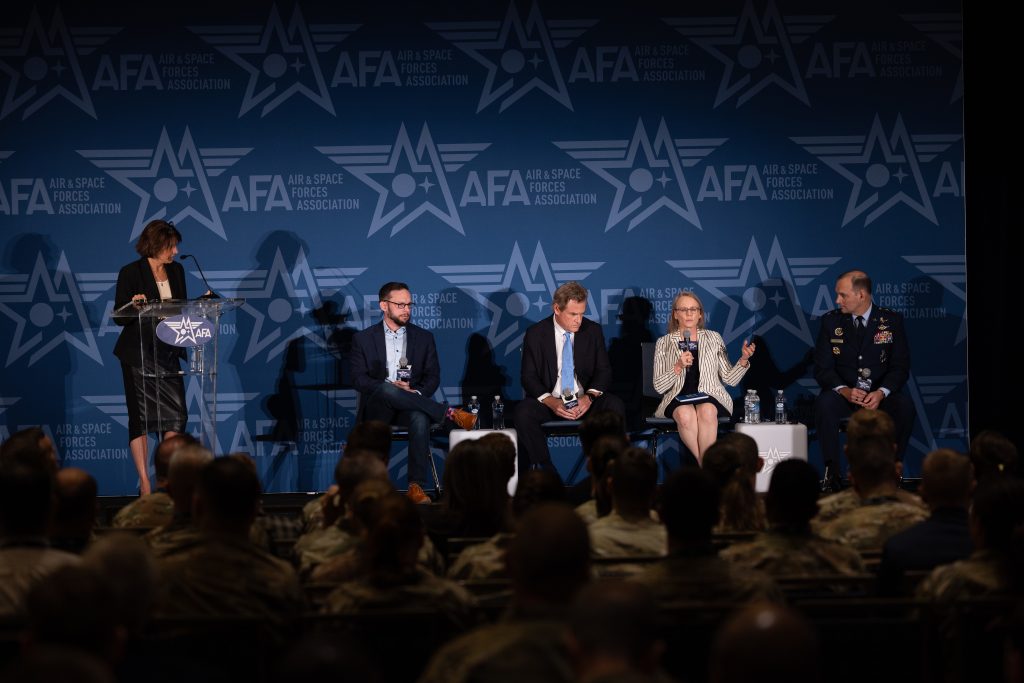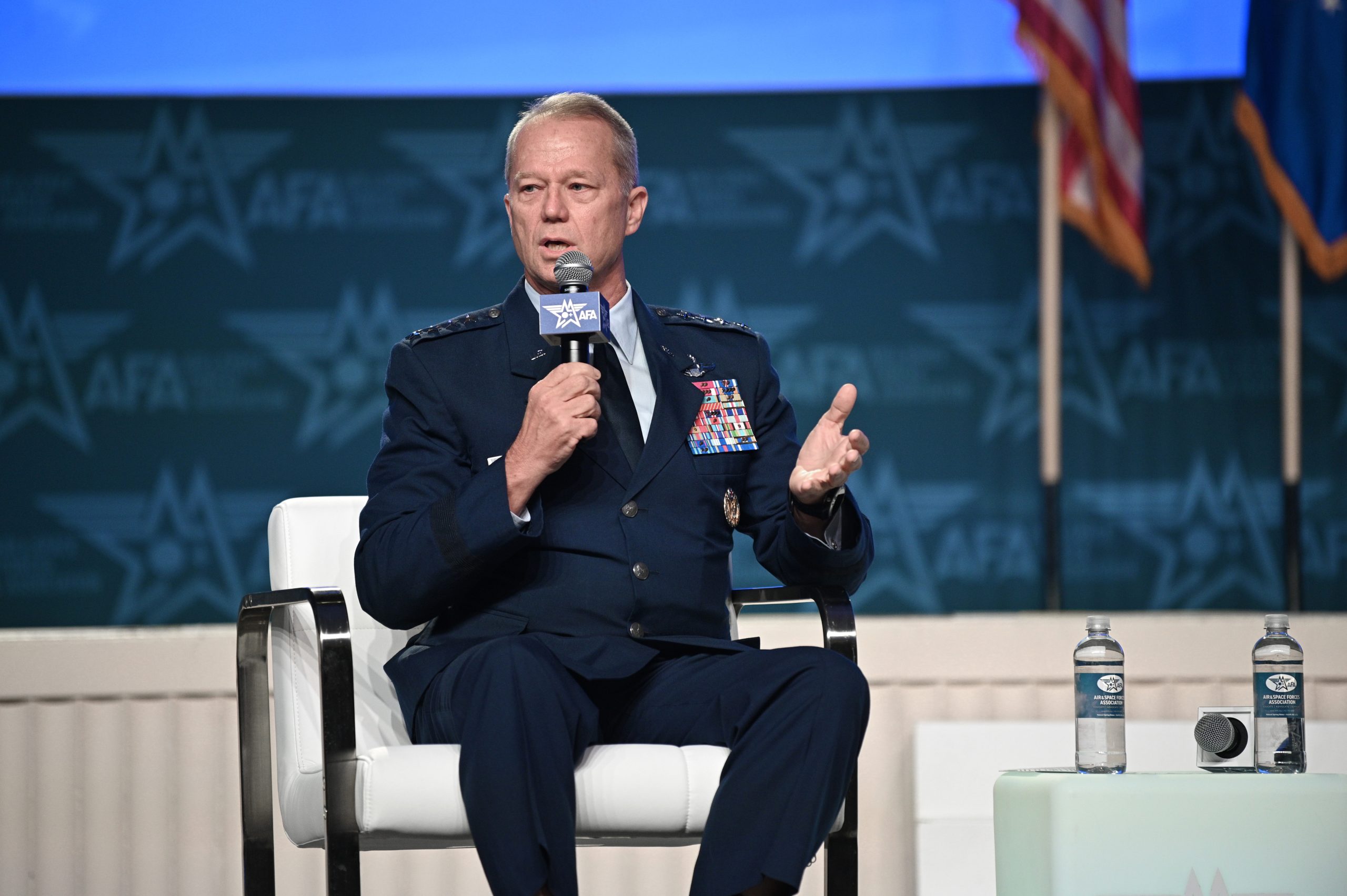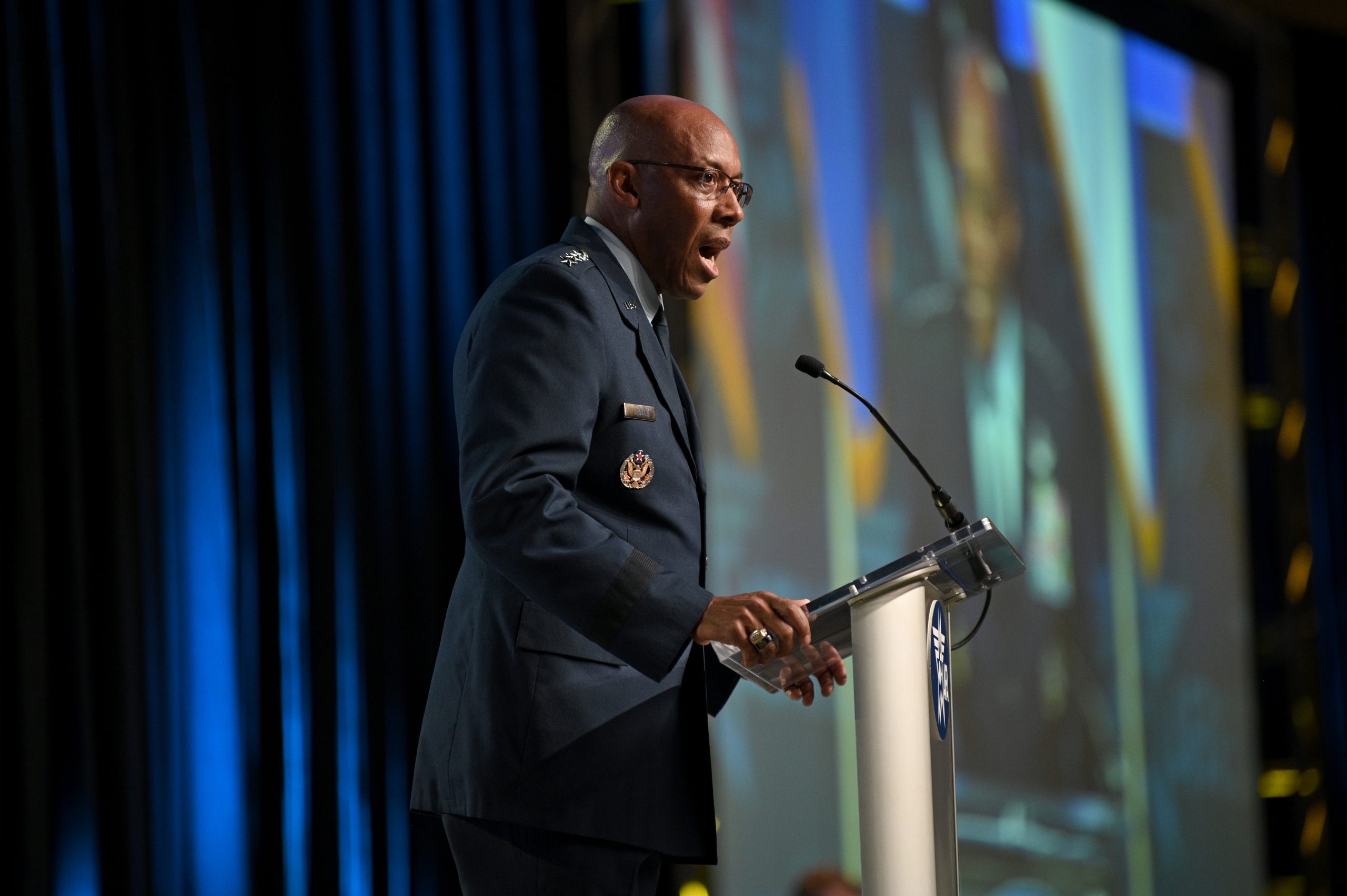The Air Force is planning to pour $205 million into building 19 new child development centers over the next five years, the service’s largest investment in CDCs in over a decade and part of a larger $1.6 billion in infrastructure funding for dorms and child care, an Air Force official announced Sept. 12.
Dr. Ravi I. Chaudhary, the assistant secretary of the Air Force for energy, installations, and environment, said the package will include the Air Force’s first net-zero CDC.
“This is your DAF doubling down on your quality of life,” he said at AFA’s Air, Space & Cyber Conference.
Five of those CDCs are either under construction or will receive contract awards in fiscal 2024.
Chaudhary was on one of four panels at the conference that were focused on improving the quality of life for personnel and families across the Air and Space Forces. He sat beside his colleague Alex Wagner, assistant secretary of the Air Force for manpower and reserve affairs, who said the Department of the Air Force has made huge strides in improving on-site child care over the last 15 months.
Wagner reported that as of August 2023, the DAF’s child development centers are 80 percent staffed on average across all installations, up from 65 percent in June 2022. CDCs, which provide hourly to full-day care for Airmen and Guardians’ children at installations around the world, have experienced lingering staffing shortages since the COVID-19 pandemic.
Wagner attributes the boost to a new incentive that offers direct-care employees a 100 percent discount on childcare fees for their first child enrolled in an Air Force CDC, and a 25 percent discount for every additional child.
“I’m looking at the trends every single month, and we’re making progress,” Wagner said. “Our CDCs are the gold standard. Everyone wants in. Everyone is not available to meet the CDCs during their opening times, and so we’re incentivizing a whole host of other options, including family child care homes, including fee assistance, and we’re focused on that to fill those gaps.”
“If you are worried about your kids, you are not focused on the mission,” he added, calling his own mission to improve quality of life for Airmen, Guardians, and their families a matter of improving total force lethality.
Chaudhary and Wagner also highlighted the need for unit commanders and bipartisan community leaders to work together to produce the resources that will alleviate quality-of-life problems like staffing shortages at CDCs.
“We’re in an era of strategic competition,” Chaudhary said. “That means our entire economy, our entire community, our entire installations, and the communities surrounding them are part of this.”
